Antarctic Bear Guide: 3D printing may become a powerful tool to break through the high-tariff era, especially for countries and regions with underdeveloped manufacturing industries.
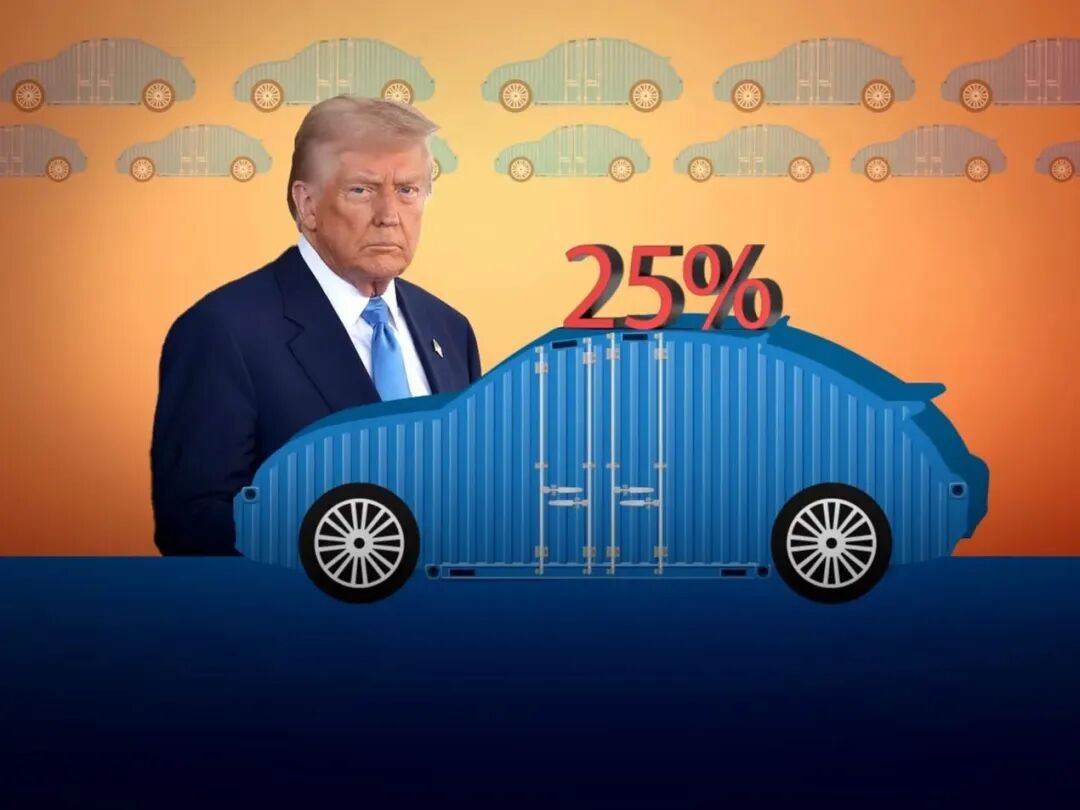
Starting April 2025, the Trump administration in the U.S. will impose a 25% tariff on all imported passenger cars, light trucks, and certain automotive parts. Although the United States-Mexico-Canada Agreement (USMCA) provides temporary exemptions for certain vehicles that meet specific standards, many foreign-manufactured parts in these vehicles will still be subject to tariffs. This move is expected to drive up car prices and could lead to a significant decline in U.S. automotive production (potentially by as much as 30%), resulting in widespread disruptions across the entire supply chain.
The article published by Antarctic Bear titled “Confronting Trump’s Tariffs: This Chinese Company Uses AI and 3D Printing to Rewrite Trade Rules” has sparked strong reactions in the industry, as PIX Moving, a Chinese autonomous driving company, can transmit data to the U.S. and then 3D print cars locally without exporting vehicles to the U.S.
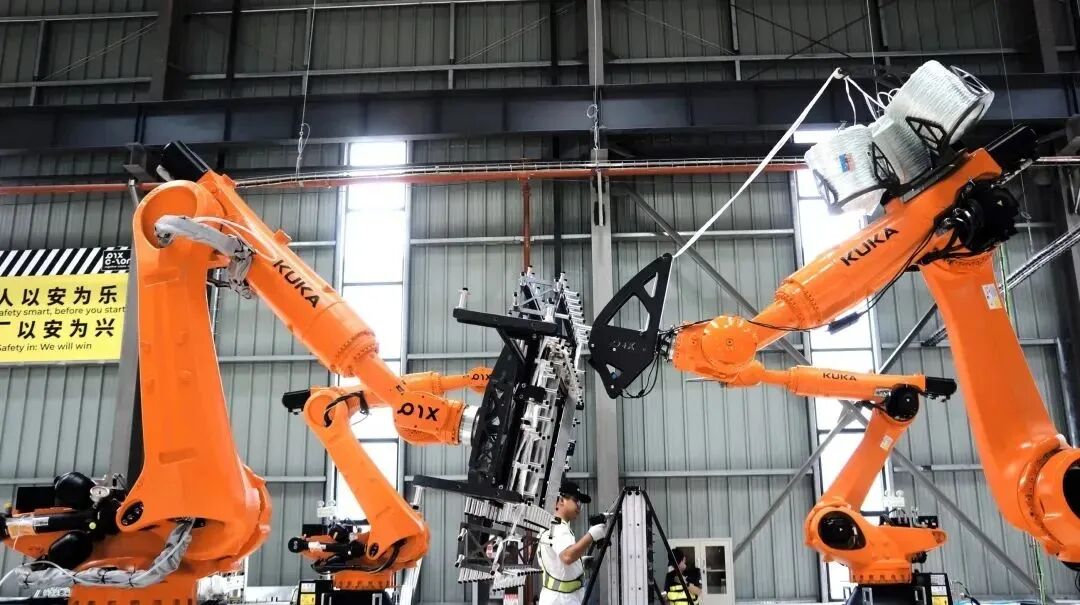
△Composite material 3D printing
Even domestically produced cars in the U.S. face rising costs due to reliance on imported parts, thus exacerbating the pressure on global manufacturers and consumers from Trump’s tariffs. In this global uncertainty, additive manufacturing technology is becoming a key tool for the automotive industry to address supply chain issues and cost pressures. By enabling faster, more localized, and flexible production, this technology is helping manufacturers adapt to changing supply chains and reduce dependence on imported parts.
The ripples of global tariff frictionThe new tariffs are not limited to directly imported vehicles but also include imported parts, from engines to electronic devices, all of which may face rising costs. The consequences include:● Rising consumer prices, with promotions and financing conditions potentially tightening;● Slowing production, with automotive output potentially decreasing by up to 20,000 vehicles per week;● Job losses affecting factory and showroom positions, estimated at around 3 million;● Automotive manufacturers may reassess their investments in the U.S. market, impacting industry competitiveness.Strategies and advantages of 3D printing technologyAdditive manufacturing technology can help automotive manufacturers tackle the challenges posed by tariffs through localized, flexible, and efficient production methods, reducing reliance on imported parts and enhancing production efficiency and responsiveness.
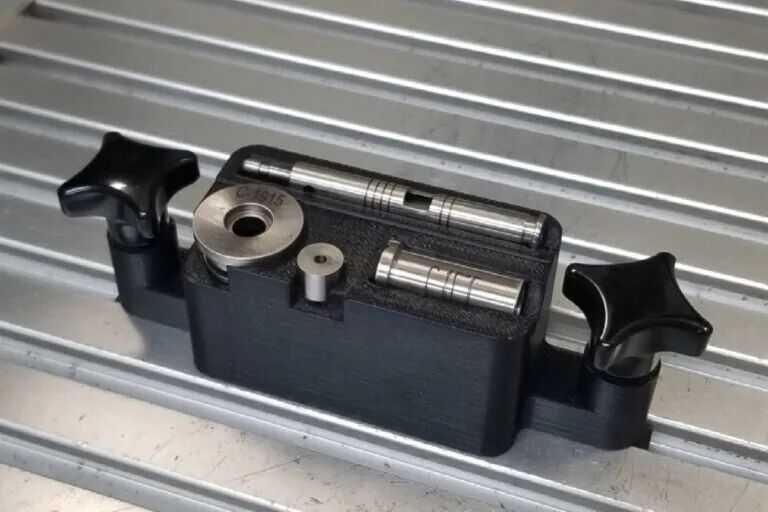
△Custom laser marking device
1. Localized supply chain, reducing fixture setup time by 97% using 3D printingFamily-owned manufacturer Christopher Tool faced long setup times and inconsistencies when laser marking precision parts. To address this issue, they turned to additive manufacturing technology. By introducing 3D printing, the company began customizing ABS fixtures on-site to meet the specific needs of each part. This shift not only streamlined the process, achieving an astonishing 97% reduction in setup time, but also eliminated the dependence on outsourced or machined fixtures. Ultimately, the result was more efficient and flexible operations, localized supply chains, and consistent quality, with all work completed in the factory workshop. This case strongly demonstrates how additive manufacturing can help companies achieve immediate, localized, and precise responses, enhancing overall production efficiency.
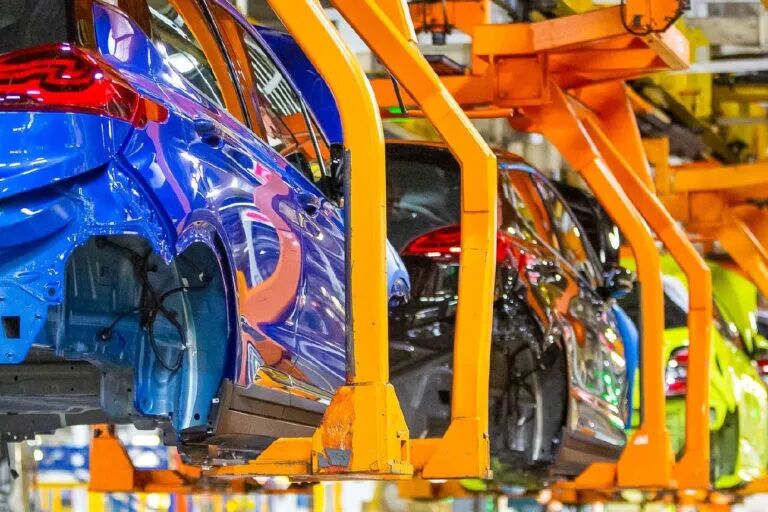
△Comau overhead conveyor hanger
2. Reducing costs and delivery timesGeneral Motors adopted FDM Nylon 12CF additive manufacturing technology to successfully print conveyor standpipes, which are 32% lighter than aluminum and 72% lighter than steel. This innovation not only eliminated the need for special welding processes and off-site maintenance but also reduced the production delivery cycle from nine weeks to two weeks, achieving a time savings of 75% to 80%. Additionally, by significantly reducing post-processing and maintenance requirements, overall costs were effectively controlled. This case fully demonstrates the significant advantages of additive manufacturing in simplifying production processes, accelerating delivery cycles, and enhancing manufacturing efficiency.
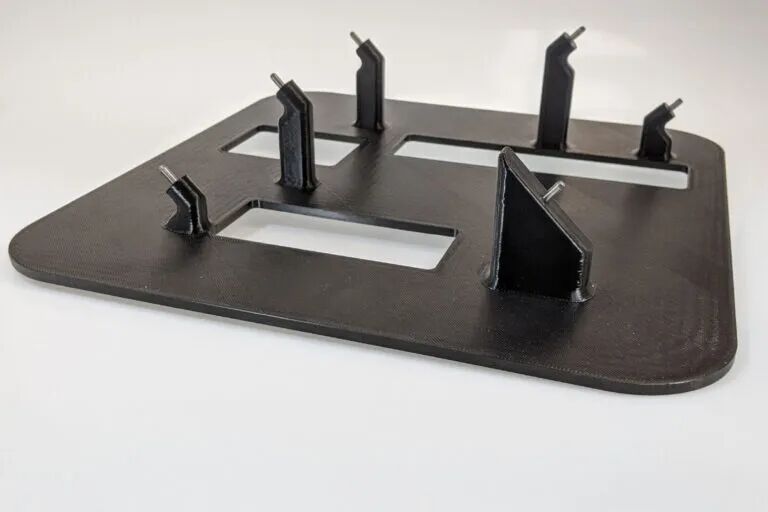
△X-ray guide manufactured by 3D printing
3. Production agilityAdditive technology enables rapid iteration, repair, and adjustment—crucial in an uncertain market environment. The Continental Group introduced the Fortus 450mc 3D printing system at its ADaM capability center, significantly enhancing overall production agility. This system supports on-demand manufacturing and rapid delivery of replacement tools and production parts using high-performance thermoplastic materials such as ULTEM 9085 and ABS-ESD7.With the overnight automatic printing feature, parts can be manufactured during non-working hours, effectively reducing equipment downtime and avoiding common delivery delays associated with traditional manufacturing processes. Additionally, this platform has the capability to meet ESD (electrostatic discharge) standards, which is particularly critical for the safe production of electronic components. The overall solution not only ensures efficient and safe production but also flexibly responds to the ever-changing manufacturing environment and customer demands.
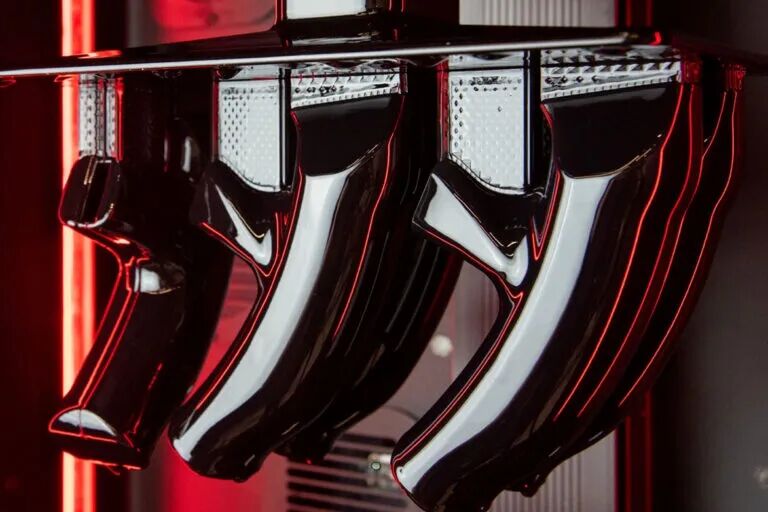
△Elastic materials printed by Origin One equipment
4. Customization and design freedomAs supply chain pressures increase, additive manufacturing technology provides manufacturers with a solution to innovate and differentiate without the need for large-scale production line modifications. Through the Stratasys Origin One 3D printing platform, NISMO Racing can utilize advanced materials like Loctite IND 402 to manufacture highly customized end-use parts, significantly enhancing design freedom. Engineers quickly iterated the steering handle and button gaskets using this technology, achieving the ideal rubber-like feel based on driver feedback while ensuring comfort and durability.Free from the constraints of traditional tool manufacturing, NISMO Racing significantly accelerated the development cycle from months to days. At the same time, additive manufacturing also allowed them to explore more innovative solutions for performance-critical components, ultimately enhancing their overall competitiveness in the highly competitive field of motorsport engineering.
Conclusion
Antarctic Bear believes that although additive manufacturing technology cannot completely replace mass production at present, its value in rapid prototyping, small-batch parts production, and enhancing supply chain resilience cannot be ignored. As the U.S. automotive industry faces new tariff challenges, additive manufacturing is gradually becoming a necessary tool for driving industry transformation rather than a luxury. Therefore, manufacturing enterprises that align with international standards should deploy this advanced manufacturing technology, which can disrupt traditional manufacturing models, as early as possible to ensure competitiveness in an ever-changing market environment.
References: https://www.rnd-tech.com/whats-the-real-cost-of-auto-tariffs-and-can-3d-printing-help/
Recent hot articles from Antarctic Bear:
“Tariff Increase of 104%: Companies like Top Bamboo and Chuangxiang 3D Printers Set to Raise Prices in the U.S., Many Call for Avoiding Internal Competition”
“The U.S. 3D Printing Industry Faces 145% Tariffs: Some Complain, Others Believe the Industry Will Explode”
“Deepseek Contradicts? High Tariffs May Trigger Another 3D Printing Boom”
“Confronting Trump’s Tariffs: This Chinese Company Uses AI and 3D Printing to Rewrite Trade Rules”
“Deepseek: What Impact Will the 104% Tariff Increase Have on China’s 3D Printing Industry? Exploring Diversification and Domestic Demand Market Potential”
“The S Country’s S Has Arrived: Some Chinese 3D Printers Are Being Snapped Up, Likely to See Widespread Price Increases”

△Scan to open the Antarctic Bear website, set WeChat to Star Mark ☆, or open it in your mobile browser and set it to your phone’s desktop